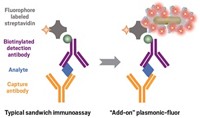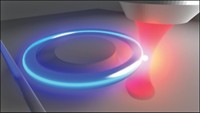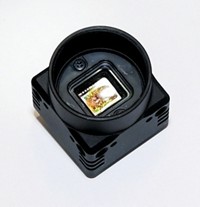Advertisement
Grab your lab coat. Let's get started
Welcome!
Welcome!
Create an account below to get 6 C&EN articles per month, receive newsletters and more - all free.
It seems this is your first time logging in online. Please enter the following information to continue.
As an ACS member you automatically get access to this site. All we need is few more details to create your reading experience.
Not you? Sign in with a different account.
Not you? Sign in with a different account.
ERROR 1
ERROR 1
ERROR 2
ERROR 2
ERROR 2
ERROR 2
ERROR 2
Password and Confirm password must match.
If you have an ACS member number, please enter it here so we can link this account to your membership. (optional)
ERROR 2
ACS values your privacy. By submitting your information, you are gaining access to C&EN and subscribing to our weekly newsletter. We use the information you provide to make your reading experience better, and we will never sell your data to third party members.
Analytical Chemistry
Polymer Beads Improve Detection Limits Of Absorption Spectroscopy
Polystyrene beads suspended in samples increase optical path length and sample sensitivity
by Celia Henry Arnaud
January 12, 2015
| A version of this story appeared in
Volume 93, Issue 2
In absorption spectroscopy, absorbance is directly proportional to the path length of the light through a sample containing analytes. In a new method called multiscattering-enhanced absorption spectroscopy, Christian Santschi, Volodymyr B. Koman, and Olivier J. F. Martin of ETH Lausanne report a low-cost, quick, and easy way to increase the path length through samples and thus improve the sensitivity of standard absorption spectroscopy. No instrument adaptations are required: The sample itself is modified (Anal. Chem. 2014, DOI: 10.1021/ac502267q). The researchers suspend polystyrene beads, which do not absorb visible light, in a cuvette with a sample containing the analytes. Light scattered by the beads traverses a longer path length that depends on the beads’ size and concentration. The researchers demonstrate that the method improves detection limits for various analytes, including 10-nm gold nanoparticles and some organic compounds, by a factor of roughly three to seven, respectively. The method is particularly well-suited to low analyte concentrations.






Join the conversation
Contact the reporter
Submit a Letter to the Editor for publication
Engage with us on Twitter